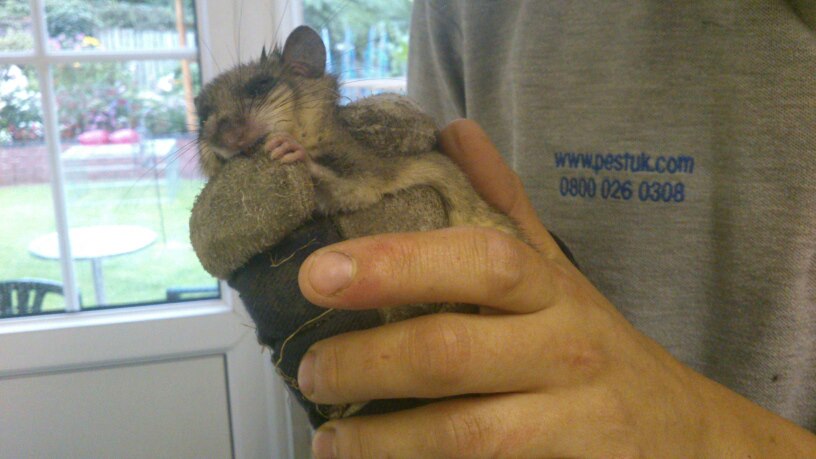Glis Glis: The Unwelcome Guest This Winter
Glis Glis: The Unwelcome Guest This Winter
Gnawed electrical cables? Scratching noises in your loft? These are just some of the signs that you may be sharing your home with a Glis Glis. As the nights get longer and colder, these small mammals seek out the warmth and shelter of our homes. While they may look cute, they don’t make good house guests.

What Are They?
The Glis Glis or edible dormouse (yup, the Romans used to eat them!) was brought to the UK in 1902 as part of a wildlife collection at Tring, Hertfordshire, where this private collection made its way into the wild. Today, the South of England is home to tens of thousands of these fluffy creatures.
The large dormouse is similar in appearance to a young squirrel with its small ears, short legs and fluffy tail. However, unlike most other dormice, they have no dark markings on the face and their tail is large and bushy.
What Does it Do?
Historically, the Glis Glis inhabited forested areas and sought shelter in bird nests and hollowed trees, feeding on fruit and nuts. More recently, they have become a real problem in the English countryside, destroying crops and trees.
As house guests, they are particularly troublesome. Apart from the obvious hygiene issues, Glis Glis can cause significant damage through gnawing, and can increase the risk of fire from chewed cables. They can also be a noisy nuisance, especially if they get into lofts or attics.
Moreover, as a result of their ability to enter compact spaces, these small creatures have been known to enter water tanks. This often requires draining and disinfection of the entire water system: a costly process.
How Do You Know If You Have Glis Glis?
Due to their prolonged hibernation (seven months) and nocturnal nature it can often be difficult to tell if you have an infestation. Some of the signs can include:
-
- Gnawed electrical cables.
- Scratching noises in your loft/attic.
- Unusual movements in tree branches and bird nests.
- Damage to young trees or tree bark.
Prevention
-
- Keep your home clean. Be scrupulous about leftover crumbs, etc.
- Keep food stored in airtight containers.
- Keep your bins sealed and away from your home.
- Block up any holes.
- Cats, Cinnamon sticks and Ultrasonic Sound Devices.
Removal?
The Glis Glis is protected by the Wildlife & Countryside Act of 1981 so you need to be very careful about removing them. Fortunately, PEST UK are licensed by Wildlife & Natural England to trap and remove Glis Glis. The price for removal depends on the number of visits needed to deal with the infestation. Call us on 0330 100 2811 for a quote.
PESTUK have offices in Bracknell, Edgware, Salisbury, St Albans, Stevenage, Swindon, Thame, Wantage, Ware, Watford, and Woking.
For an updated price list for all of our services please click here.

